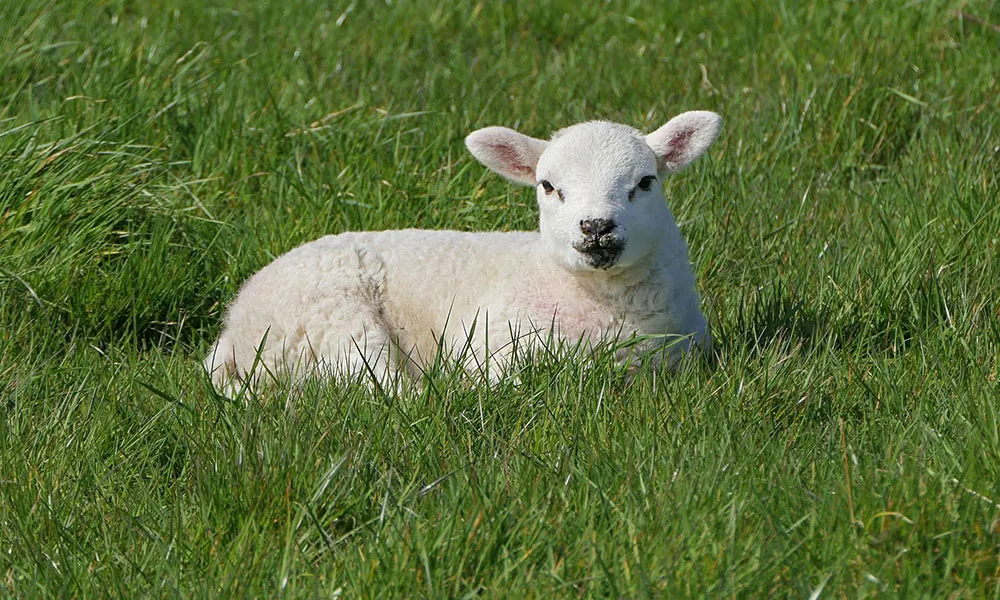2024 Lambing Season on the Horizon
Now that Christmas is behind us, sheep farmers will inevitably look towards the 2024 lambing season. Whether our ewes are lambing indoors in January or outdoors in March, this time of year always presents us with a complex set of challenges. Some of these cannot be predicted. It is hardly pessimistic to assert that a certain number of lamb losses - and even some ewe losses - is unavoidable, especially in larger flocks.
Anticipating problems?
That being said, some problems can be anticipated. Some of the major causes of disease and mortality in pregnant ewes and newborn lambs can be prevented. For example, there is no excuse for losing ewes due to deficiency or malnutrition, since these do not occur in a well managed flock. The same can be said of many of the infections - such as naval ill - that impact newborn lambs.
With this in mind, we at Agridirect.ie have put together this short list of top tips for sheep farmers in the run-up to lambing season. While this is not an exhaustive account of the most important measures to take in the weeks prior to lambing, it should help you lay the groundwork for a productive season.
Tip 1: Ewe BCS
Make sure that ewes are not too heavy or too thin. While this may seem like an obvious point, it is an important one to note. While thinness may be the more likely problem, ewes that are receiving a lot of concentrate should be checked for an excess of body condition. Ewes that are too fat will struggle to lamb just as much as those that are too thin.
Body condition should be monitored carefully in the weeks before lambing. A BCS (Body Condition Score) between 3 and 3.5 is ideal.
Tip 2. Stress Management
For ewes that are lambing indoors, stress minimisation is key. Ewes that are under physical or emotional stress at lambing time are far more likely to encounter difficulties, including prolapse. Whether lambing indoors or outdoors, make sure that ewes have adequate bedding and feed.
Ample feeding space should be provided for all ewes, particularly when delivering concentrate. At a minimum, each ewe should have half a metre of space at the trough.
Tip 3. Soya
It is a good idea to feed a soya supplement to ewes during the final fortnight before lambing. This will help to boost the quality and quantity of colostrum that they can produce for newborn lambs.
Tip 4. Hoof Ailments and Lime
Where ewes are being housed indoors, apply hydrated lime to the floor. This will help to reduce the chances of ewes developing hoof ailments prior to lambing. Lameness from infections is a key cause of ewe stress, and the risk of this should be mitigated where possible.
Tip 5. Replenish Stores
Make sure that your stock of provisions for the season is fully replenished from last year. In particular, you should ensure that you have a good store of gloves, lubricant, syringes, needles, colostrum, glucose, bottles, teats, stomach tubes, marking spray, calcium injections, docking rings, jugs, feed containers and disinfectants. It is essential that you have something on hand for disinfecting the lamb's naval just after birth. Iodine is typically used, although other natural products like bee propolis will also work.
Tip 6. Hygiene
Lambing pens should be cleaned thoroughly, disinfected and treated with lime before each ewe enters to give birth. In addition, pens should provide adequate space for the ewe. No more than ten ewes should be allocated to a standard pen. Bedding in lambing pens should be changed regularly to offset the risk of infection.


